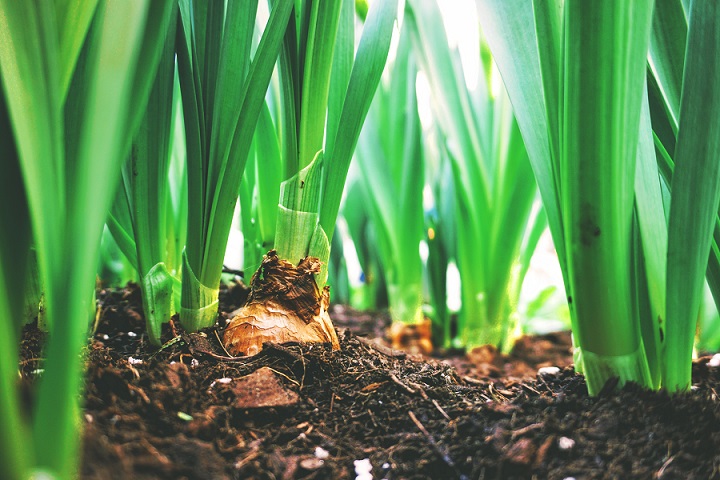Holding Space
I grew up with a strong “holding space”: I was held by the land upon which I grew, the air, birds, river, trees, thunderstorms, and winter snows. I couldn’t imagine a world where people didn’t experience this kind of “holding space”, where people couldn’t smell rain before it fell or hear the nuanced birdsong of morning, mid day, and evening.
A western psychological view of a “holding space” was developed by Donald Winnecott—a pediatrician & psychoanalyst expresses the idea that our first and necessary holding space was “mother”. That could be our actual mother or mother figure but that without that “holding space” of the original care giver, we’d not survive.
Most of Western psychology tells us we are stuck with our basic story of these original relationships and how we internalize this primal holding space. And that if our early attachment was poor, we were stuck with this imprint forever, that it cannot be changed or influenced.
Eastern philosophies tell us the mind, body, and experience are fluid. Cutting edge discoveries about neuroplasticity, and our capacity to reshape and reframe our experience arises from eastern and western mystical teachings. It’s a place where science, spirituality and the unity of mind & body meet. Our neurobiology can be affected and shaped by appropriate present day “holding spaces”; we can learn to hold space for ourselves and learn to recognize and trust all that holds us each day of our lives.
What is the value of a holding space or knowing how to hold space for another?
For me that answer comes from Rabbi Lawrence Kushner: A holding space reveals “the gnawing suspicion that the apparent discord, brokenness, contradictions, and discontinuities that assault us every day, might conceal a hidden unity.”
Where do you find a holding space? How do you hold space? What holds you? You may be surprised as you consider these questions.



